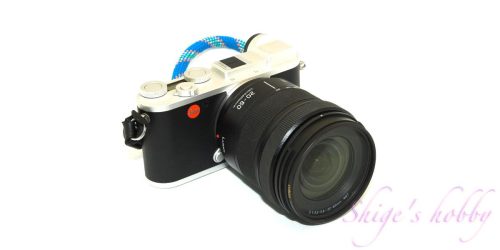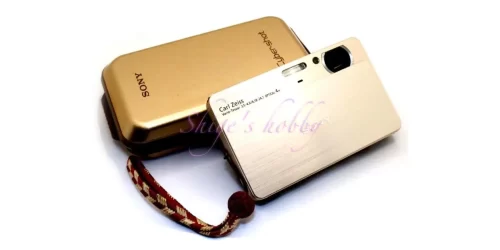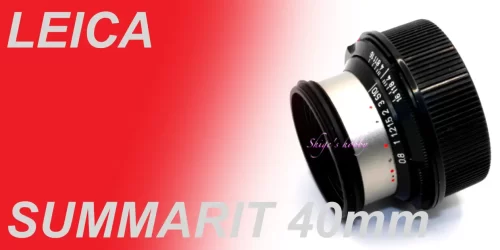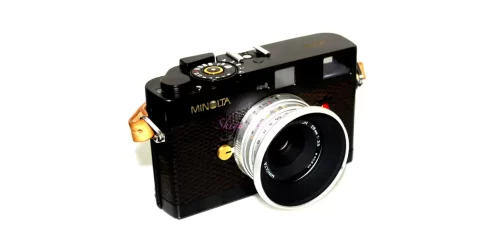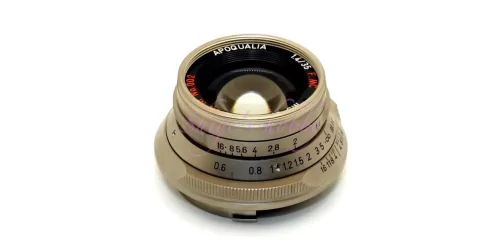SONY α7
Review and Photo Examples of the SONY α7(ILCE-7)
Table of contents
Gallery
- The example photo was taken using a FE35mm,FE55mm and FE24-70mm.
Review
The Sony α7 is a 35mm full-frame mirrorless camera released in 2013.
This is a monumental model that Sony switched from an APS-C size sensor to a 35mm full size sensor, and I bought it mainly to play with a mount adapter with the full size sensor.
In terms of design, the angular top of the body where the EVF is housed on the optical axis is unbalanced with the rounded shape of the bottom of the body, making it difficult to get used to. In terms of design, I like the NEX and α6000 series because they have a clean design.
The mount is the same as the APS-C E mount, but I was able to use it as is except for the mount adapter, which has a light shielding plate that cuts out excess light for APS-C size sensors. Users could also remove the light shielding plate themselves if it was attached with adhesive.
Besides playing with the mount adapter. FE 35mm ZA, FE 55mm ZA, FE 24-70 ZA and standard FE lenses were used. The autofocus (hereinafter referred to as AF) when using the FE lens was not very good, and I was relaxing in bed. An adapter for using A-mount was also released, but I did not purchase it due to the many restrictions.
The thing that bothered me the most when using the camera was the loud shutter sound that sounded like metal scraping. It makes a sound like a guillotine. I was very disappointed that the shutter was quiet and did not have a high-quality shutter sound, and after this impression, I did not feel like buying a full-size A mount until a considerable period of time had passed.
This camera already had a 35mm full frame and standard 24 million pixels, so it should still be usable in terms of image quality.
As for the battery, I continue to use the FW-NP50 from the APS-C model, but due to the small battery size and the high natural discharge that is the fate of Sony lithium-ion batteries, I find myself not using it for a while. The fact that the battery empties quickly has not changed since the NEX-5. Along with the old battery, I also use a model-changed battery, but I don’t use it very often, so I don’t know how much the natural discharge has improved.
As for the Muji α7 series, the specs seem to have steadily improved, and the number of sensor pixels has increased with the fourth generation. Even so, the fact that it has not surpassed the older models of the R series is thought to be a marketing-driven measure.
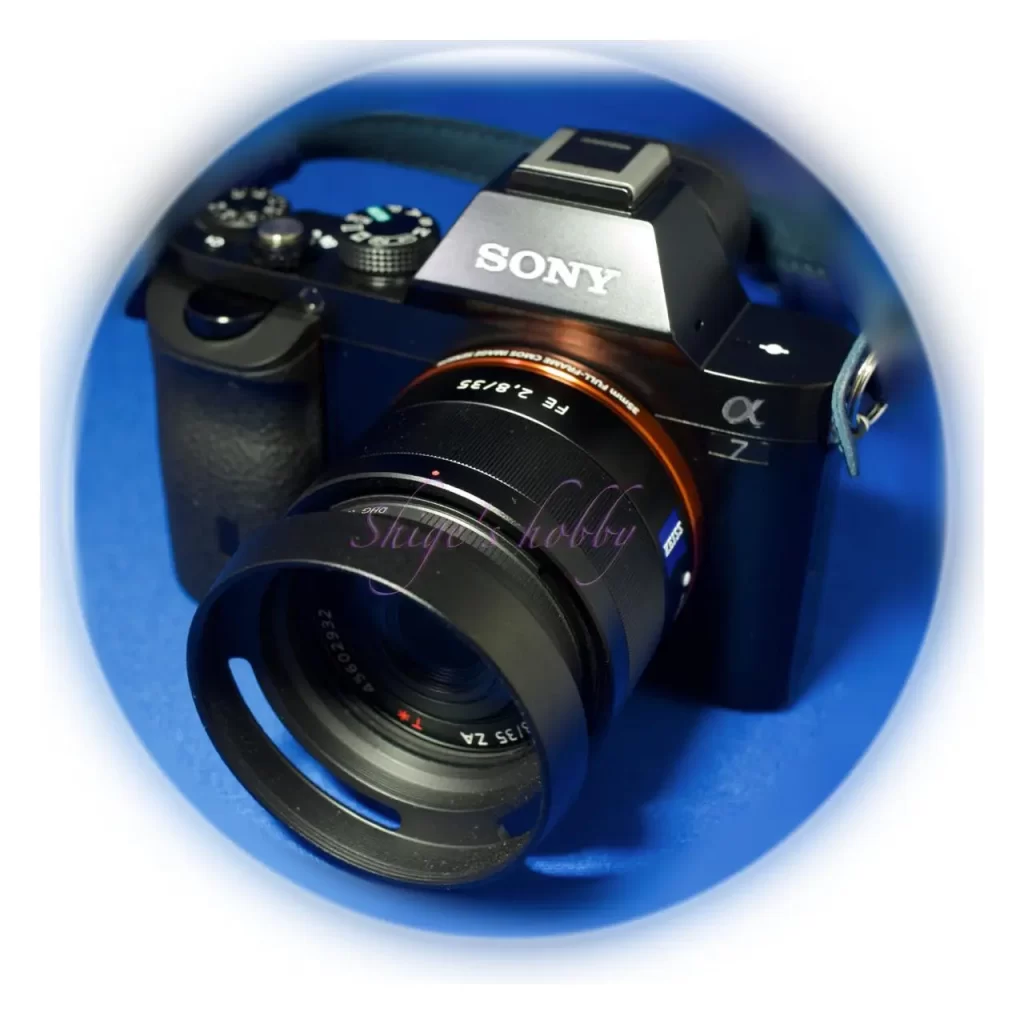
Specification
| Model name | α7 | α7II | α7III | α7IV |
| Model number | ILCE-7 | ILCE-7M2 | ILCE-7M3 | ILCE-7M4 |
| effective pixel count | 24.2 million pixels | ← | ← | 33 million pixels |
| Sensor size | 35mm fuill-size 35.6 x 23.8mm | ← | ← | ← |
| Back LCD | 3.0 0.92 million dots | 3.0 1.23 million dots | 3.0 0.92 million dots | 3.0 1.04 million dots |
| EVF | Built-in 2.36 million dots | ← | ← | Built-in 3.69 million dots |
| Max Shutter speed | 1/8000 | ← | ← | ← |
| Electric shutter | ○ | ← | ← | ← |
| Image Stabilization | × | ○ | ← | ← |
| Battery | NP-FW50 | ← | NP-FZ100 | ← |
| Touck panel | × | ← | ○ | ← |
| Multi / Micro USB | ○ | ← | ← | ← |
| USB Type-C | × | ← | ○ 3.1Gen1 | ← 3.2/PD |
| WIFI | ○ | ← | ← | ← |
| NFC | ○ | ← | ← | × |
| Bluetooth | × | ← | ← | ○ |
| AF | Contrast detection method | Phase difference detection method Contrast detection method | ← | ← |
| Recorded Media | MS-Pro SDXC | ← | ← | ← |
| Release date | 2013.11.15 | 2014.12.5 | 2018.3.23 | 2021.12.17 |
| Size(mm) | 127 x 94 x 55 | 127 x 96 x 60 | 127 x 96 x 74 | 131 x 96 x 80 |
| Weight (Only body) | 416 | 556 | 565 | 573 |
| Color | Black | ← | ← | ← |
Options
- HVL-F20M (Flash)
- HVL-F28RM (Flash)
- HVL-F46RM (Flash)
- LA series mount adapter
- accessory kit
- strap
- Case
Reference links
Update history
- 2024.04.12:First draft
Affiliate Link
- Some external links are advertisements, and clicking them may generate income for the site administrator. I would appreciate your understanding and cooperation in maintaining my page.
